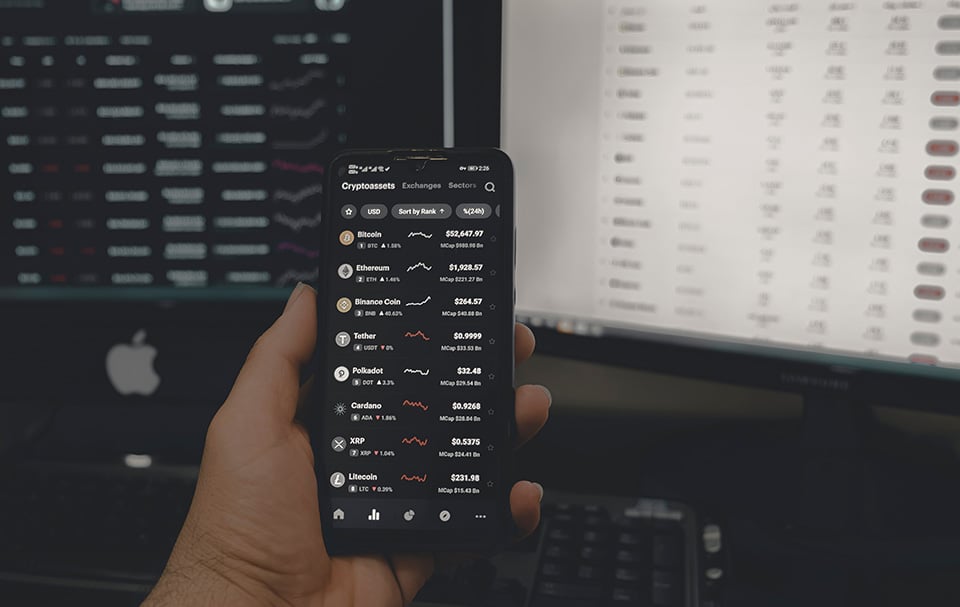Best Reasons For Deciding On Forex Backtesting
Wiki Article
What Is The Difference Between Technical And Fundamental Traders In Automated Trading System?
Fundamental traders and technical traders are two distinct kinds of traders that approach markets in a different way. In automated trading systems, fundamental traders and technical traders might use different technology and techniques for data analysis. In order to inform the decisions they make in trading, fundamental traders analyze financial and economic information, such as corporate earnings and interest rates. They think that market movement is influenced mostly by fundamental elements. This is why understanding these drivers is key in making a well-informed trading decision. Technical traders on the other have chart patterns as well as technical indicators to make their trading decisions. They believe that trends and previous market behavior can provide insights into the future direction of markets. Technical analysis is therefore superior to traditional analysis. When it comes to trading software that is automated, traders who are fundamental are more likely to employ algorithms that integrate fundamental data and analysis in their decision-making processes. Technical traders however are more likely to utilize algorithms that incorporate charts and technical indicators in their decision-making process. It is evident that fundamental and technical traders have different ways of navigating the markets. These differences can also affect the kinds of trading platforms that automated traders employ. Fundamental traders utilize systems that combine analytical and fundamental data more often than technical traders Technical traders use systems that combine technical analysis more often. Check out the top trading platforms for more info including best crypto trading bot 2023, trading psychology, position sizing trading, trading platform crypto, most profitable crypto trading strategy, what is algorithmic trading, crypto trading bot, stop loss crypto, best trading platform, crypto trading strategy and more.

Automated Trading Systems - Simple Moving Averages And Exponential
Exponential Moving Averages or SMAs (also called Simple Moving Averages) and Simple Moving Averages(SMA) are popular technical indicators that are used in automated trading platforms. They are calculated by adding up closing prices of a currency pair over a certain amount of time, and then dividing the result by the amount. For instance, a 50-day SMA would be calculated by summing up the prices at which a currency pair closed over the past 50 days and then dividing the result by 50.
The Exponential Moving Average (EMA) is similar to the SMA, but gives greater weight to prices that have recently changed in its calculation. The EMA is calculated from a weighted sum of closing prices. This implies that the weight that is given for the latest prices will be greater than the weight given for earlier prices. This lets the EMA to respond more quickly to market fluctuations in comparison to the SMA.
Automated trading systems use moving averages to identify trends and give buying and selling signals. It is typical to buy when the price is between the upper and lower median, and sell when it crosses below. It is also possible to employ moving averages to verify trends. A rising average is indicative of an upward trend while a downward average indicates a decline.
EMA and SMA are both able to be utilized as indicators for technical purposes in automated trading systems. They can be utilized to identify trends, verify that they are there, and also generate buy and sell signals. The needs and objectives of the trader will influence the choice between EMA or SMA. While the EMA is more responsive and adaptable to changes in market conditions, the SMA provides an accurate indicator of longer-term trends. Read the top rated algorithmic trading crypto for website tips including backtesting software free, most profitable crypto trading strategy, best cryptocurrency trading strategy, backtest forex software, how does trading bots work, most profitable crypto trading strategy, online trading platform, divergence trading, automated crypto trading, free trading bot and more.

What Are Bollinger Bands?
Bollinger Bands are a popular technical indicator that is used in automated trading systems. They are composed of three lines that include a simple moving mean (SMA) and two outer bands and several standard deviations. The volatility of the underlying asset determines the way standard deviations are calculated for the calculation of outer bands. Bollinger Bands are frequently utilized to determine market conditions changes in automated trading platforms. Bollinger Bands are a great tool to detect potential changes in the market. For example, if the price moves outside of the band that is outside, it could suggest a potential increase in volatility or a trend reversal. On the other hand, a price staying within the outer bands could indicate that the market is consolidating and that a trend reversal is more unlikely. Bollinger Bands can be combined with momentum oscillators and other technical indicators to generate buy/sell signals. The most common strategies are buying when prices are at the lower Bollinger bands, and selling when it reaches higher Bollinger bands. Bollinger Bands are a common technical indicator used in automated trade systems. They can be utilized to identify the changes in market conditions and to generate buy/sell signals. The decision on the decision to utilize Bollinger Bands is contingent upon the needs and objectives of the trader, as well as on their individual trading style and approach to markets. See the best best trading bot for binance for more tips including divergence trading forex, crypto backtesting platform, stop loss and take profit, trading platform crypto, best cryptocurrency trading strategy, backtester, automated trading bot, indicators for day trading, automated trading systems, stop loss meaning and more.

What Is Adx What Is It? How Does It Connect To Obv And Regression
The Average Directional Index (ADX) is a technical indicator commonly employed in the field of technical analysis to measure the strength of a trend in a financial market. It is used to measure the direction and strength of a trend. It is calculated using the difference between two exponentially moving averages (EMAs), of the price at which there is a high or low of an asset. ADX can be utilized to generate buy or sell signals in automated trading platforms. On the other hand the momentum indicator on-balance (OBV) makes use of volume fluctuations in order to determine the strength or weakening of a specific trend. OBV and ADX both are used in automated trading systems for signals to enter and leave positions. They also offer complementary information and provide different indicators of market activity. OBV is an indicator of buying or selling pressure. It tracks the total volume of buy-and-sell transactions. ADX measures the strength and direction of a trend. Regression however is a method of statistical analysis that is used to analyze the relationship between the dependent variable and any of the independent variables. Regression analysis can be utilized in trading to study the relationship between two variables, such prices and volumes as well as to detect patterns and trends in the data. The objectives and style of trading of every trader will influence the choice of tools.